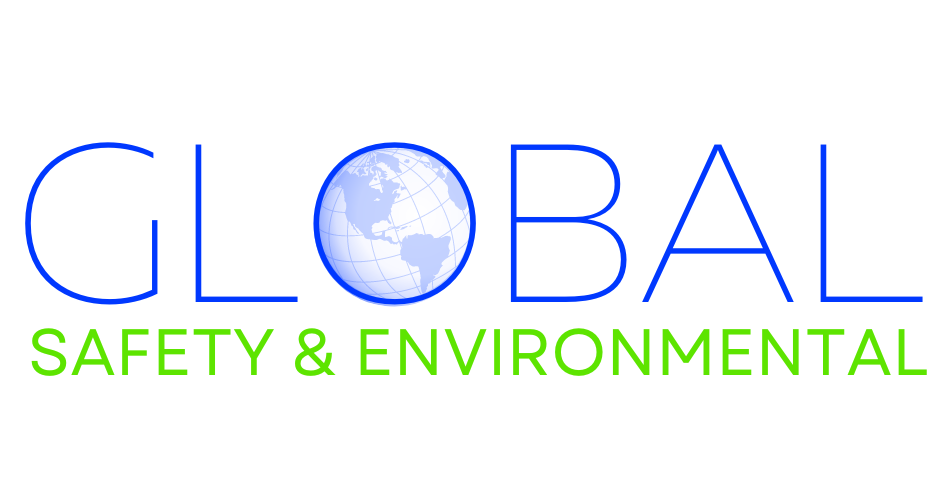Diğer Acil Durum Prosedürleri (Tıbbi Acil Durumlar, Doğal Afetler)
Çeşitli acil durum türlerine hazırlıklı olmak, çalışma ortamınızdaki kendinizin ve diğerlerinin güvenliğini ve refahını sağlamak için çok önemlidir. Bu ders, iki kritik acil duruma etkili bir şekilde yanıt vermek için gerekli prosedürleri ele alacaktır: tıbbi acil durumlar ve doğal afetler.
Tıbbi Acil Durumlara Müdahale:
Tıbbi bir acil durum beklenmedik bir şekilde ortaya çıkabilir ve nasıl hızlı ve kararlı bir şekilde tepki vereceğinizi bilmek, sonuçta önemli bir fark yaratabilir. İlk adım, sakin olun ve durumu değerlendirin. Kişi bilinçli ve nefes alıyor mu? Herhangi bir görünür yaralanma veya kanama yaşıyor mu? Durum hakkında temel bir anlayışa sahip olduğunuzda, hemen yardım çağırın. Genellikle 911 olan yerel acil durum numaranızı arayın ve görevliye acil durum hakkında konum, sorunun niteliği ve ihtiyaç duyan kişiyle ilgili tüm ilgili ayrıntılar dahil olmak üzere açık ve öz bilgiler verin.
Profesyonel yardımın gelmesini beklerken, bireye yardımcı olmak için ek adımlar atabilirsiniz. Kişi bilinçsizse ve nefes almıyorsa, CPR'ye (Kardiyopulmoner Resüsitasyon) başlayın Eğer bunu yapmak için eğitim aldıysanız. CPR, tıbbi uzmanlar gelene kadar kan akışını yapay olarak sürdürmek için göğüs kompresyonları ve kurtarma nefesleri içerir. CPR konusunda eğitim almadıysanız, yardım beklerken kişinin nefesini ve nabzını izlemeye devam edin ve rahatlatın.
Doğal Afetlere Müdahale:
Deprem, sel, şiddetli hava olayları ve orman yangınları gibi doğal afetler önemli güvenlik riskleri oluşturabilir. Bölgenizde yaygın olan doğal afet türlerini bilmeniz ve nasıl yanıt vereceğinize dair bir planınız olması çok önemlidir. Bu plan aşağıdaki unsurları içermelidir:
- Bilgi sahibi olun: Özellikle yüksek riskli dönemlerde hava durumu raporlarını ve acil durum uyarılarını düzenli olarak takip edin.
- Bir tahliye planı geliştirin: Acil bir durumda iş yerinizde olası tahliye yollarını ve belirlenmiş buluşma noktalarını belirleyin.
- Acil durum çantası hazırlayın: Bu setin içerisinde bozulmayacak gıda, su, ilk yardım malzemeleri, pille çalışan radyo, el feneri ve kişisel hijyen malzemeleri gibi temel ihtiyaç malzemeleri bulunmalıdır.
- Planınızı uygulayın: İşyerinizdeki herkesin tahliye prosedürleri ve acil durumlarda üstlenecekleri roller konusunda bilgi sahibi olmasını sağlamak için düzenli olarak tatbikatlar yapın.
Doğal bir afet sırasında, Acil durum personelinin talimatlarını takip edin ve talimat verildiğinde tahliye edin. Tahliye edemiyorsanız, belirlenmiş güvenli bir alanda sığınak arayın ve yerel radyo veya resmi sosyal medya kanalları gibi güvenilir kaynaklar aracılığıyla durum hakkında bilgi sahibi olun. Unutmayın, hazırlıklı olmak ve hem tıbbi acil durumlara hem de doğal afetlere uygun şekilde nasıl yanıt vereceğinizi bilmek, kendinizi ve iş yerinizdeki diğer kişileri korumak için önemlidir. Yukarıda belirtilen yönergeleri izleyerek ve bilgi sahibi olarak, herkes için güvenli ve hazırlıklı bir çalışma ortamına katkıda bulunabilirsiniz.
